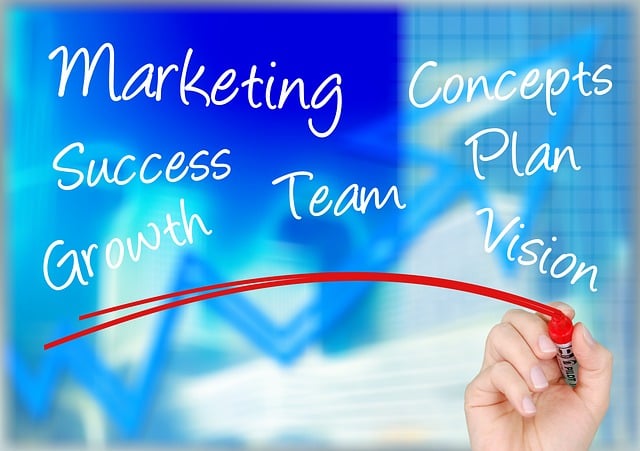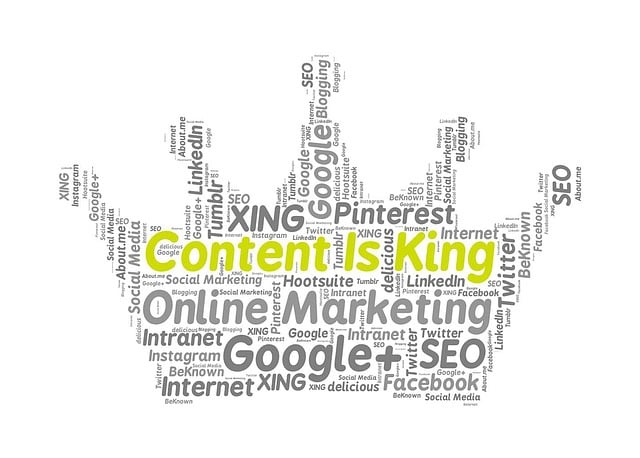AI Business Digital Twins revolutionize operations by creating virtual models of physical processes and assets, enabling risk-free scenario simulations, analysis, and optimization. Powered by AI menu engineering, these tools predict outcomes, identify bottlenecks, and test strategies before implementation, leading to reduced costs, increased efficiency, and enhanced revenue growth through optimized products, pricing, and promotions based on real-time insights. In the hospitality industry, AI menu engineering personalizes dining experiences, predicts trends, and ensures restaurants stay competitive during special events, fostering guest loyalty and driving business growth. Implementing AI digital twin technology provides businesses with a powerful strategy to gain insights, optimize performance, and maintain a leading position in their industries.
“Unleash the power of AI through Business Digital Twin technology and revolutionize your approach to customer experience. This article delves into the transformative concept, exploring how AI-driven digital twins can create dynamic, personalized menus that drive revenue.
We’ll dissect ‘AI menu engineering for revenue growth,’ uncovering strategies to optimize offerings, enhance engagement, and stay ahead in the competitive business landscape. By implementing these tactics, businesses can harness the potential of AI technology to elevate customer satisfaction and boost profitability.”
- Understanding AI Business Digital Twins: The Concept and Benefits
- Menu Engineering with AI: Enhancing Customer Experience for Increased Revenue
- Implementing AI Digital Twin Technology: Strategies for Businesses to Stay Ahead
Understanding AI Business Digital Twins: The Concept and Benefits

AI Business Digital Twins, an innovative concept, involve creating virtual replicas of physical business processes and assets to drive operational excellence and revenue growth through AI menu engineering. This technology mirrors real-world systems, allowing businesses to simulate, analyze, and optimize various scenarios in a risk-free digital environment. By modeling complex interactions, from supply chains to customer behaviors, digital twins offer valuable insights that enhance decision-making.
The benefits are multifaceted: they enable companies to predict outcomes, identify bottlenecks, and test new strategies before implementation, thereby reducing costs and increasing efficiency. In today’s competitive market, AI Business Digital Twins empower organizations to stay agile and responsive, ultimately fueling revenue growth by facilitating data-driven menu engineering that optimizes products, pricing, and promotions based on real-time insights and predictive analytics.
Menu Engineering with AI: Enhancing Customer Experience for Increased Revenue

In today’s digital era, AI is transforming various industries, and the hospitality sector is no exception. AI menu engineering is a game-changer that enables businesses to create personalized and optimized dining experiences. By leveraging machine learning algorithms, restaurants can analyze vast amounts of customer data, including preferences, purchasing history, and feedback, to design dynamic menus that cater to individual tastes. This precision marketing approach ensures that each guest feels understood and valued, fostering loyalty and increasing the likelihood of repeat visits.
This technology goes beyond simply suggesting items based on past orders. Advanced AI models can predict trends, identify seasonal fluctuations in demand, and suggest menu additions or adjustments to maximize revenue. For instance, during special events or holidays, AI can recommend popular dishes likely to attract customers, ensuring a boost in sales. By continually learning from customer interactions, the system evolves, providing endless possibilities for menu innovation and revenue growth.
Implementing AI Digital Twin Technology: Strategies for Businesses to Stay Ahead

Implementing AI digital twin technology is a game-changer for businesses aiming to stay ahead in today’s competitive market. By creating virtual replicas of physical assets and processes, companies can gain unprecedented insights into their operations. This predictive modeling approach allows for data-driven decisions that optimize performance, enhance efficiency, and ultimately drive revenue growth through menu engineering. For instance, retailers can simulate various pricing strategies or product placements to identify what resonates best with customers, maximizing both customer satisfaction and sales.
Manufacturers, too, benefit from this technology by predicting equipment failures before they occur, minimizing downtime, and reducing maintenance costs. By continuously updating digital twins with real-time data, businesses ensure their virtual representations accurately mirror physical systems. This alignment fosters a seamless transition between planning and execution, enabling companies to adapt swiftly to market changes and competitive shifts, thereby solidifying their position at the forefront of their industries.
AI business digital twin technology, particularly in menu engineering, offers a powerful tool for businesses to enhance customer experiences and drive revenue growth. By creating digital replicas of their operations, companies can optimize processes, predict outcomes, and make data-driven decisions. Implementing AI digital twins involves strategic planning, leveraging advanced analytics, and integrating intelligent systems. Embracing this technology not only keeps businesses competitive but also paves the way for continuous improvement and adaptability in today’s dynamic market.
